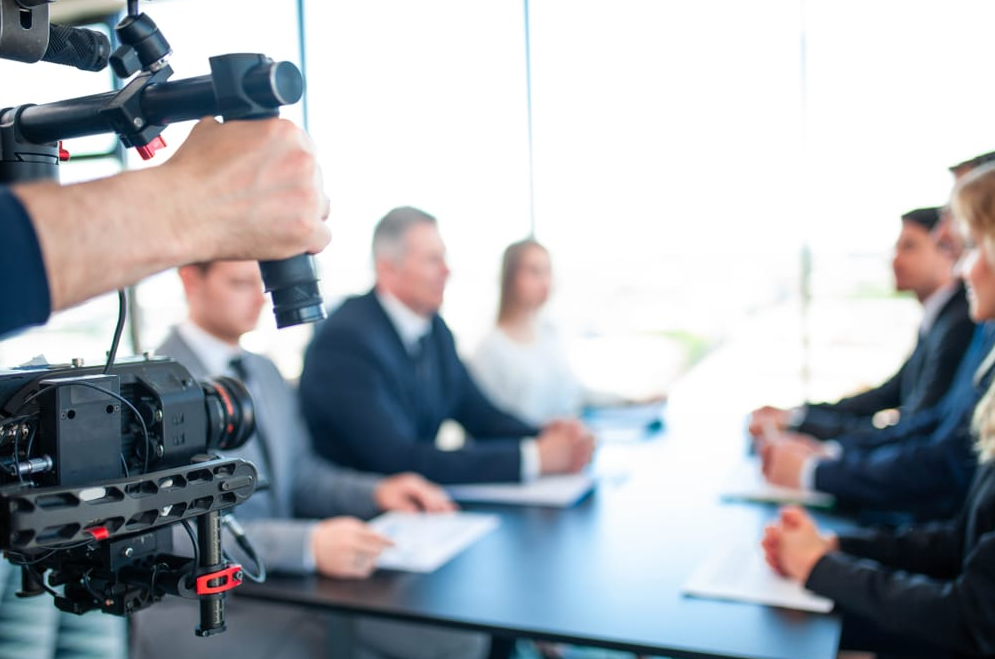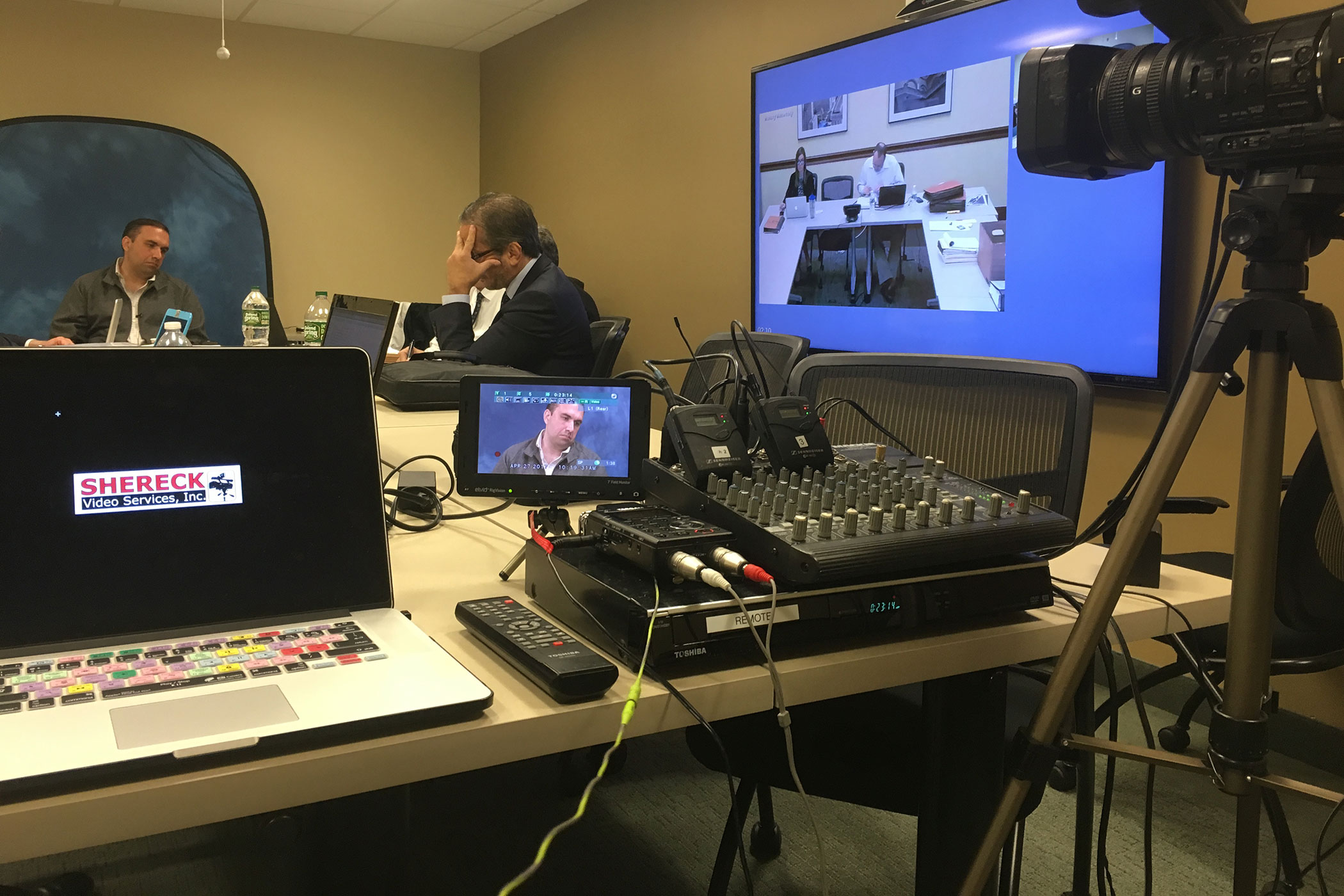The Role of Legal Videography in Safeguarding Legal Evidence
The Role of Legal Videography in Safeguarding Legal Evidence
Blog Article
Why Legal Videography Is Critical for Accurate Court Recordings
The duty of lawful videography in court room setups can not be overemphasized, as it functions as an essential device for protecting the honesty of court documents. By catching both verbal and non-verbal interaction, it improves the quality of witness testimonies and shows the subtleties of court room communications. This extensive documentation not only aids in lowering potential misconceptions yet also supports appellate testimonials, thereby enhancing the judicial process. Nonetheless, the effects of incorporating lawful videography right into common courtroom techniques increase vital concerns about its wider effect on the legal system. What might these effects entail?
Importance of Visual Evidence
In the realm of lawful procedures, the significance of aesthetic proof can not be overstated. Visual proof acts as a powerful device in establishing realities, proving statements, and improving the overall clarity of an instance. This sort of evidence, which consists of photographs, videos, and layouts, can provide a tangible context that spoken descriptions frequently do not have, therefore offering juries and judges a clearer understanding of the situations bordering a case.
Furthermore, aesthetic evidence help in the retention of information. Human cognition is inherently visual, and individuals are more likely to remember and comprehend information presented in an aesthetic layout. In the court room, this can be important, as compelling visual evidence can sway opinions and strengthen the narrative presented by lawful agents.
In addition, the usage of visual proof can decrease misunderstandings and obscurities that frequently develop from spoken exchanges. By giving a straight depiction of occasions, visual evidence helps to eliminate subjective interpretations and promotes a more objective evaluation of the truths. Subsequently, the integration of aesthetic evidence into legal process not just reinforces the integrity of the judicial process yet also boosts the likelihood of attaining a simply end result.
Catching Non-Verbal Signs
Utilizing innovative videography strategies can considerably enhance the capture of non-verbal hints throughout lawful process. Non-verbal interaction, consisting of face expressions, body language, and eye contact, plays a vital duty in conveying emotions and objectives that might not be explicitly stated in spoken testimony. legal videography. Legal videography utilizes high-def cams and tactical angles to ensure that these refined signs are recorded with clarity and precision
The capacity to evaluate non-verbal behavior can offer useful context to declarations made during court sessions. A witness's hesitation or self-confidence can be interpreted via their posture or gestures, possibly influencing the court's understanding of trustworthiness. The usage of close-up shots can aid focus on an audio speaker's expressions, allowing for a more nuanced understanding of the testament.
Additionally, integrating multiple electronic camera angles can create an extensive sight of communications, highlighting dynamics in between parties involved. This multifaceted technique not only boosts the precision of the court document yet additionally aids in protecting the stability of the judicial procedure - legal videography. Eventually, capturing non-verbal cues through legal videography cultivates a richer, extra full depiction of courtroom proceedings

Enhancing Statement Dependability
The reliability of testament can be substantially strengthened with making use of high-quality legal videography. Video clip recordings offer as an unbiased medium that records not only the spoken words of witnesses yet additionally the subtleties of their distribution, including tone, pacing, and psychological expressiveness. This complex documentation provides a clearer understanding of the witness's trustworthiness and intentions, which can be essential in lawful proceedings.
In addition, lawful videography reduces the possibility for false impressions that may arise from written transcripts alone. When jurors can observe a witness's temperament and body movement together with their testament, they are much better outfitted to assess the authenticity and dependability of the proof provided. This visual context can strengthen the testimonial narrative, making it a lot more compelling and trustworthy.
In addition, the existence of a video recording can hinder possible disparities in statement. Witnesses may be extra careful in their statements when they recognize they are being recorded, causing even more exact and genuine accounts. Overall, high-quality lawful videography improves the honesty of testimony, ensuring that the court has access to a total and honest depiction of the realities as shared by the witnesses.
Sustaining Appeals and Reviews
Legal videography plays an essential duty in supporting allures and evaluations by providing a comprehensive visual document of courtroom procedures. This aesthetic documentation records not only the talked words of witnesses and attorneys however additionally the nuances of body movement, intonation, and court room characteristics. Such components can be crucial in comprehending the context of statements and arguments presented.
In the appellate process, where the focus is on mistakes of legislation and procedural justness, a video document can work as a crucial device for appellate courts. It enables courts to evaluate the initial trial context, guaranteeing that choices are based on a total understanding of the process. The ability to visually assess the temperament of you could try here witnesses or the interactions between celebrations can expose understandings that created records might forget.

Furthermore, why not check here legal videography can help in clearing up uncertainties in testimonies or procedural rulings, therefore reinforcing the basis for an appeal. By supplying a reputable, unbiased account of what transpired in court, legal videography not just sustains the stability of the legal process but also encourages all celebrations involved to make enlightened choices regarding their instances.
Simplifying Courtroom Processes
Enhancing courtroom performance, legal videography streamlines processes by providing prompt access to aesthetic documents of process. This modern technology allows courts, attorneys, and courts to review critical testimony and evidence, ensuring that all events have a clear understanding of the instance. By catching the subtleties of spoken and non-verbal interaction, videography enriches the document, making it less complicated to grasp the context and weight of testaments.

Additionally, video recordings can help with remote participation in hearings, permitting for better adaptability in scheduling and involvement, which is specifically important in intricate cases including numerous stakeholders.
Conclusion
In conclusion, lawful videography plays a crucial function in making certain accurate court recordings by offering important visual evidence that catches both spoken and non-verbal communication. This technique improves the reliability of statements, supports appellate reviews, and enhances court room processes. By cultivating a detailed understanding of courtroom characteristics, lawful website link videography inevitably contributes to more fair judicial end results, strengthening the integrity of the lawful system and promoting notified decision-making.
Report this page